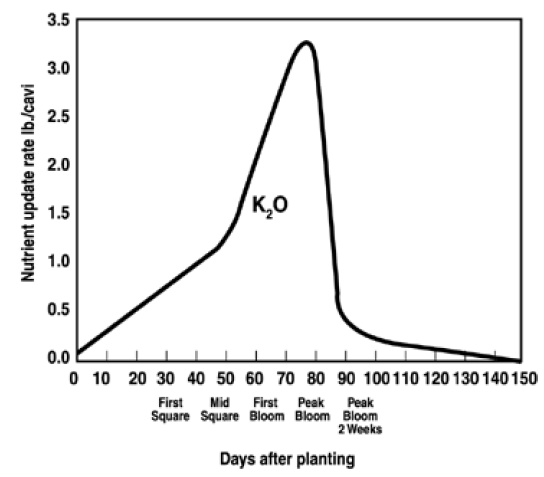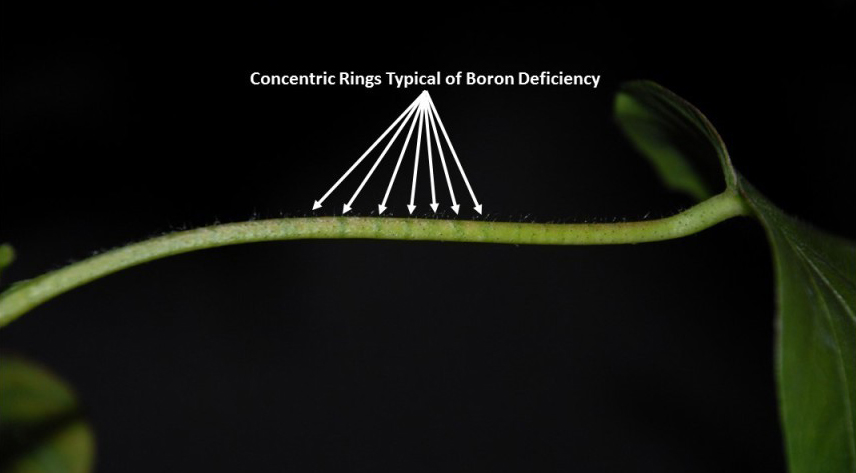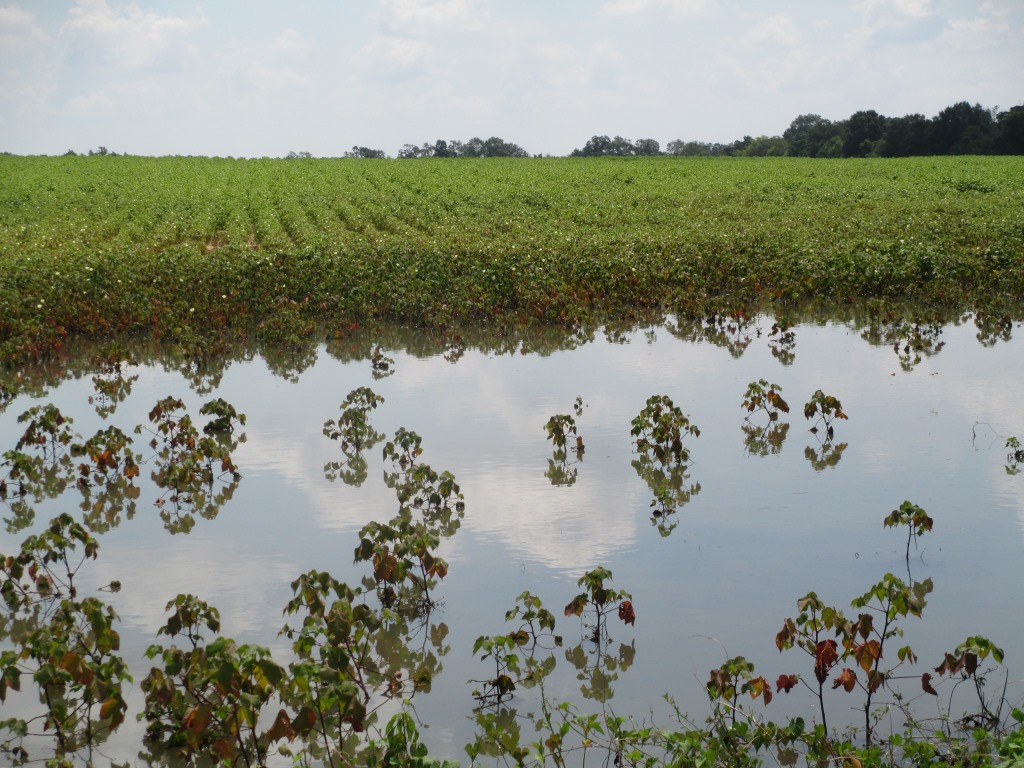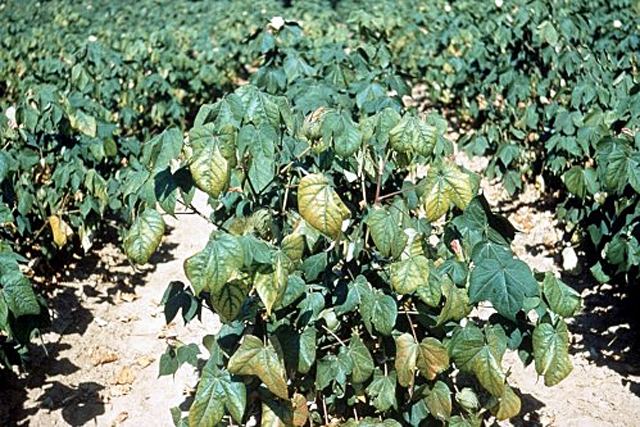Michael J. Mulvaney, UF/IFAS Soil Specialist & Glen Harris, UGA Soil Specialist
If you’re like me, you’re watching this rain and wondering where your nutrients are in the soil profile. The Jay FAWN station has recorded almost 20″ of rain so far in June. Last week we talked about peanut gypsum application, but this week we’d like to talk about cotton.
Nitrogen (N)
If you applied at-plant N, you might want to re-apply some of it, if you’ve had leaching rainfall events this season. For BMP purposes, you should document the amount of rainfall to show that leaching likely occurred on your soils. If you only apply one application at first square, you likely haven’t applied any N yet this season – so there’s still time for you.
To see if you are N deficient, there are commercial cotton petiole tests available from public and private labs in the Southeast. See http://aesl.ces.uga.edu/FeeSchedule/Complete.pdf for more information. You can also sample representative areas for the youngest fully mature leaf (without petiole). The leaf tissue N should be in the range of 3.5 to 4.5% N for sufficiency.
Potassium (K)
Those of you on deep sand or soils with no subsoil clay within the top 20 inches should think about K as well. Modern cotton cultivars have higher K demand than N demand, and K is susceptible to leaching, particularly on very sandy soils. If you are on deep, sandy soils, you probably already know that you should split your K applications at planting and topdress. Cotton K demand can exceed 3 lbs K2O per acre per day during flowering. Peak K demand comes during flowering and boll set, so K deficiency during this period can lead to boll shed, reduced lint quality, and/or reduced yield.

Source: O. Abaye. 2009. Potassium Fertilization of Cotton. Virginia Cooperative Extension Publication 418-025
K deficiency in cotton shows up as bronzing of leaves and is affiliated with increased Stemphylium disease, as seen below.
Oftentimes, we have sufficient soil K according to soil test results, but drought conditions leads to a lack of K in soil water and the plant can’t take it up. There is still plenty of time for that to happen. But so far this year, it’s likely to be the opposite problem on deep, sandy soils: K has leached from the rooting zone after you’ve taken your soil samples.
Boron (B)
Boron also leaches easily from sandy soils. If you are concerned about boron, and you are making a fungicide application at first bloom for Target Spot control, you can consider adding 0.3-0.5 lbs B as a tank mix. Boron deficiency in cotton is more evident in younger leaf tissue and shows up as stunted or disfigured terminal growing points and shorter, thicker petioles with “coon tailing” visible on the petioles.

Boron deficiency in cotton with “coon tailing” visible on the petioles. Photo credit: Darrin Dodds & Bobby Golden, Mississippi State University
For more information related to this subject, use the following publication link:
Cotton Cultural Practices and Fertility Management
- Four Early-Season Lessons from 2020 Peanut Production - April 9, 2021
- Sprayer Calibration Tables – Calibration Made Easy - October 30, 2020
- Stand Issues – Should You Replant Your Peanut Field? - May 15, 2020


